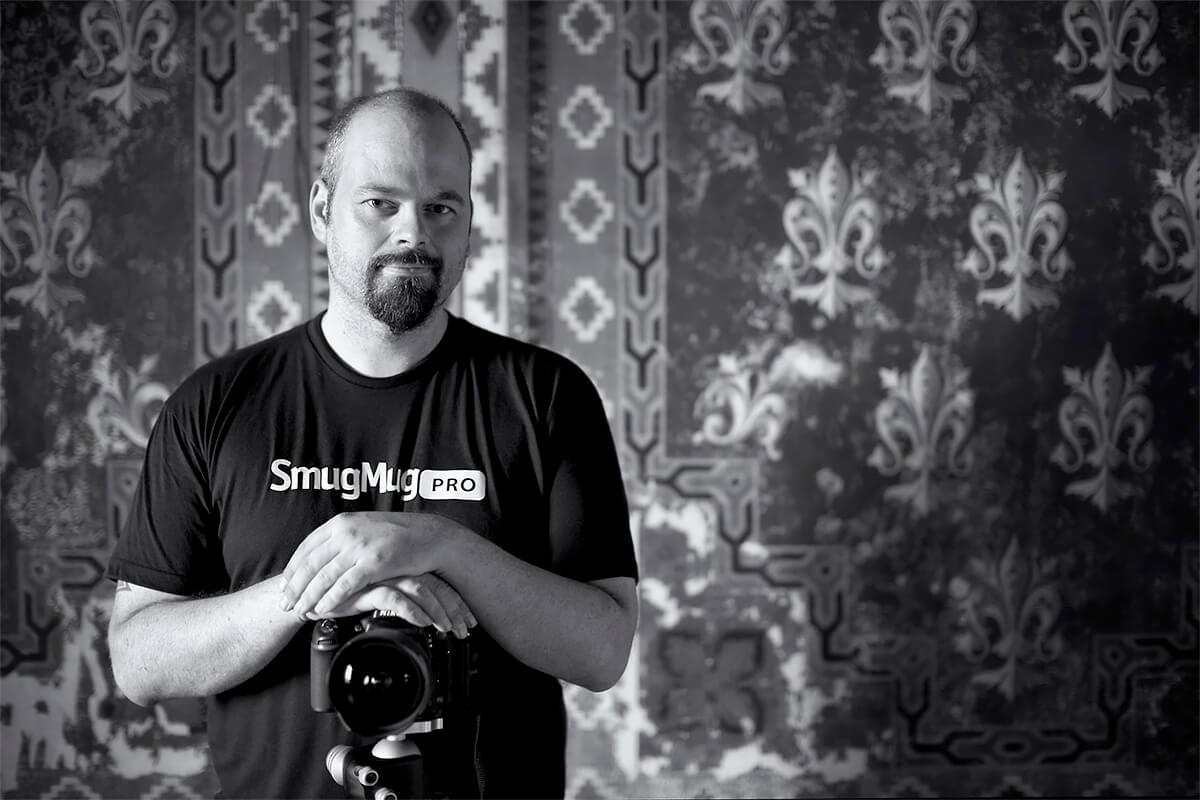Dutch photographer Niki Feijen immortilizes an astonishingly intact glimpse into the past. This autodidact specializes in documenting and capturing historic architecture and abandoned buildings. Each photo fuses together the conflicting notions of beauty and decay and corresponds with his desire to capture and silently communicate with his audience about the subject's very essence.
Niki wants to recreate the exact same scene as he sees while standing in a location but the lightspectrum your eye can capture is much, much wider than a camera can capture. Photographing a dark setting with extreme highlights like a window causes the highlights to wash out into white or dark areas can become obscure black blobs. It's impossible to shoot a photo that captures both ends of this spectrum. Since Niki does not use any artificial lighting he uses different exposures to capture a much wider light spectrum than a traditional photograph. The result is a hyper realistic photo which would replicate the exact same thing you would see standing inside the location yourself.
In 2010 Feijen visited the quintessential location of desertion: the Chernobyl Exclusion Zone. After a catastrophic nuclear accident occurred in 1986 the entire city of Pripyat, all 50,000 inhabitants, were evacuated within 48 hours. Most of the belongings of the evacuated inhabitants were left behind and never returned to again. The incredible deafening silence of this location, in its absence of the living, permeates the senses and mind of visitors who venture to there to this day.
Feijen is currently travelling around the globe looking for more hidden gems tucked away behind 'Do Not Enter' signs. Curious about what lies on the other side, he goes in search of the hidden world that is often in plain sight. When Feijen comes across impressive yet eerie locations, such as homes located in ghost towns, asylums, decaying hospitals, abandoned castles and long forgotten hotels, he intends to preserve the what is left of the past by encapsulating these forgotten masterpieces' ethos in a photo before they crumble and collapse.
The impressions left from these places are represented in visual form for the public in three separate books. All works, 'Disciple of Decay' (April 2013) 'Frozen' (September 2014) and 'Tempus Fugit' (December 2017), have been independently published. The first sold out in six months. On top of these publications, Feijen's photographs are exhibited at art galleries and international art fairs several times a year.
His works have been featured by NBC, BBC, The Huffington Post, ABC News, The Daily Mail and Chase Jarvis, among a variety of others. As of 2014 Feijen's work is part of the Sir Elton John Photography Collection where his name is among legendary photographers as ; Edward Weston, David LaChapelle, Diane Arbus and Henri Cartier-Bresson.
Selected Books on

